By default, a custom taxonomy panel is not added to the Gutenberg editor. That means by default authors are not able to select terms in the editor. Tonya shows you how to turn on the feature.
How to Enable the Gutenberg Editor for a Custom Post Type
By default, a WordPress custom post type does not use the Gutenberg editor. Why? In this quick tip, Tonya walks you through the why and shows you how to enable the Gutenberg editor for your custom post types. Don’t worry. It’s literally one configuration parameter.
WP Engine Recommends Know the Code as a Top WordPress Education Provider
I’m thrilled to announce that WP Engine has named Know the Code as a Top WordPress Education Provider. I’m incredibly honored to be listed as a recommended solutions provider in their Solution Center. Let me share why.
Does It Matter If a Hook’s Callback Function Comes Before or After its add_action? No and Yes.
Does it matter if a hook’s callback function comes before or after its add_action? My answer might surprise you. No, it does not matter to PHP or WordPress. Yes, it does matter for code readability. I’ll explain why in this article.
Beans Solves the “Removing a Hooked WordPress Action too Soon” Timing Issue
A common problem in WordPress is removing a hooked action (via remove_action) too soon, i.e. before the original action is added via add_action. The Beans framework solves this problem through its Actions API. It’s a major enhancement to the WordPress Plugin API. Let me show you.
Developer’s Guide to Differentiating WordPress Content – Taxonomies and Terms
Part 2 of a series on differentiating content. We need a way to provide contextual information about the content and give readers additional mechanisms to explore and discover content. WordPress provides us with taxonomies and their terms.
Developer’s Guide to Differentiating WordPress Content – Post Types
As developers, it can be confusing to understand the intent and role of the mechanisms in WordPress to differentiate content. What are post types, taxonomies and terms, and custom fields? Why do they exist? When do you use the built-in ones? When do you build a custom one? We need a definitive guide that provides structure and best practices for differentiating content. We need a Developer’s Guide. In this first part of the series, we’ll discuss the why, what, and when of the WordPress post type from both a technical and practical perspectives.
2 Timing Mistakes When Removing a WordPress Callback Hook
You want to remove some callback hook in WordPress. You keep trying, but it’s not working. Argh, why isn’t it working? Did you know that timing is important? There are two (2) common timing mistakes when removing (or attempt to remove) a WordPress callback hook. Let’s explore these timing mistakes and then give you some strategies to master the remove process every single time.
Hooking into WordPress: What the Heck is a Hook?
Actions. Filters. Events. Hooks. You read about these terms all the time in tutorials and codex. You see code snippets with add_action, add_filter, and apply_filters. What the heck is a hook? What does it do? And why should you care about learning the event management system in WordPress? Stop pulling your hair out and give me a few minutes of your time to explain it in layman’s terms.
Get Familiar with WordPress Posts Database Table
Have you ever opened up your database? Have you poked around in there to understand the layout and different buckets of content and information? In today’s quick tip, you’ll look at the wp_posts database table. You’ll learn about basic database terminology, such as record, row, primary key, and columns. You’ll see how the columns within a record relate to the content you see in the WordPress back-end.
